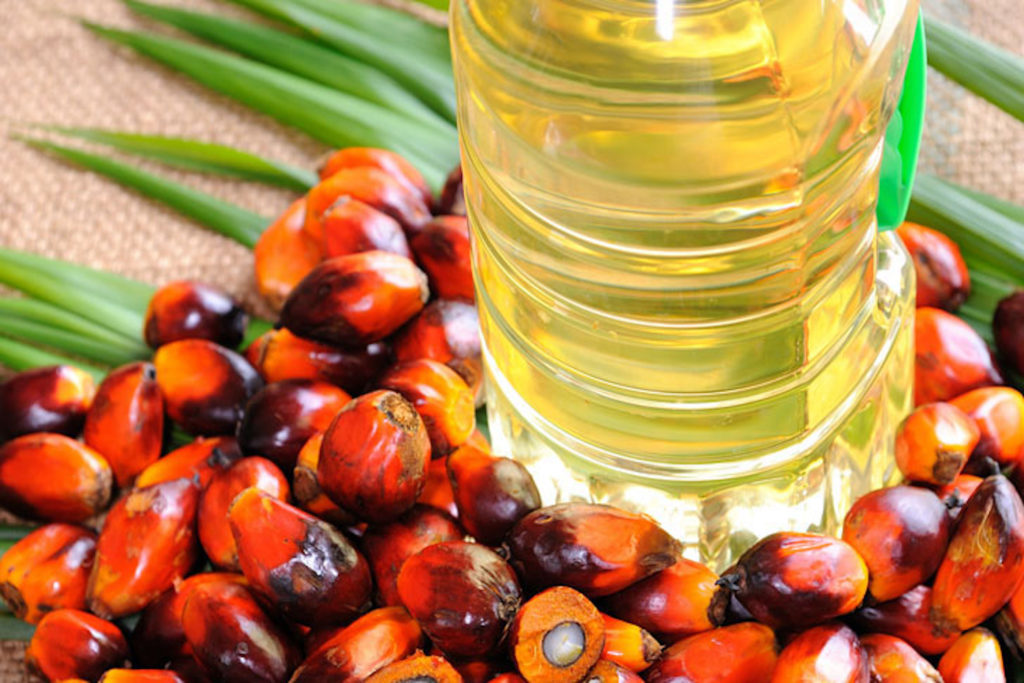The World Health Organization just published a report titled “The palm oil industry and non-communicable diseases.” We are so grateful to Marion Nestle who breaks this report down for us on her blog, Food Politics.
As Marion says, the report explains “how the palm oil industry is promoting obesity and chronic disease as well as environmental degradation as integral parts of its business model. The report documents how the palm oil industry, working with the food industry, acts to maximize profits at the expense of health and the environment, through marketing, supply chain management, lobbying, and corporate ‘citizenship’.”
Palm oil is the world’s most widely produced oil, it is present in “around half of frequently used food and consumer products, from snacks to cosmetics. Worldwide production of the oil has increased from 15 million tonnes in 1995 to 66 million tonnes in 2017.” Basically, palm oil is the food industry’s favorite oil for ultra-processed food.
The WHO report confirms that “the health impacts of palm oil consumption in foods are mixed. [but] Even as the direct health impact remains unclear, cultivation and production and related practices contribute to environmental pollution, respiratory illnesses and loss of biodiversity. Furthermore, with documented forced and child labour and human rights abuses as well as gender-related issues such as inadequate maternity protections in palm oil plantations, understanding and addressing the influence of the palm oil industry cuts across different sectors.”
Read the full Palm oil politics: corporate effects on health article by Marion Nestle on Food Politics
Read The palm oil industry and noncommunicable diseases report by World Health Organization
